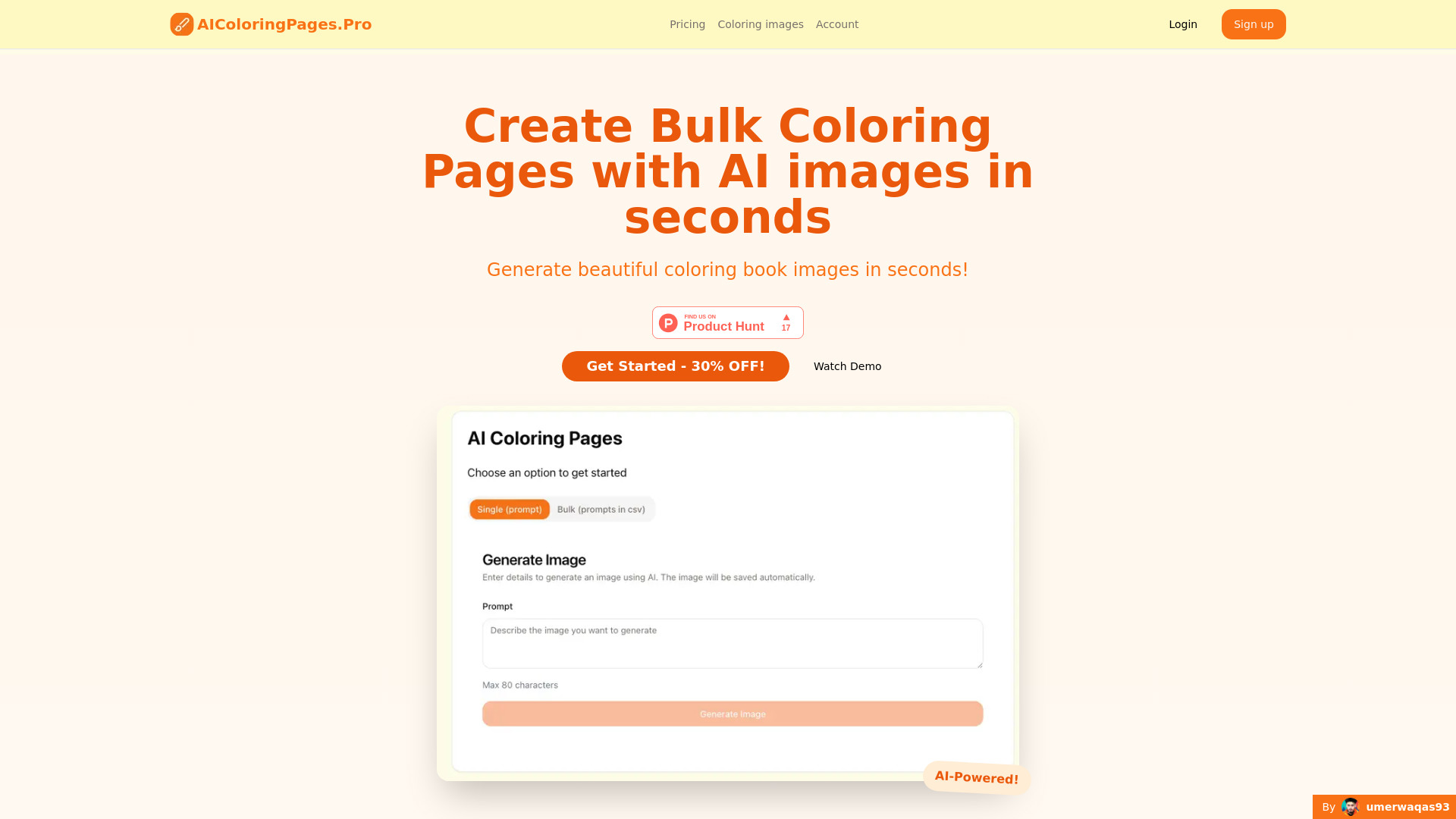Design Assistant
The 'Design Assistant' in AI streamlines the creative process by generating design ideas, suggesting layouts, and automating repetitive tasks. Tools like Adobe's Sensei and Canva’s Magic Write exemplify AI’s role in enhancing creativity. Benefits include increased efficiency and personalization, while challenges involve ensuring originality and managing AI bias in design outputs.
Primary AI
Top Job for This Category
Most Commonly Used Task
Core Features
Collaborative brainstorming
Automated layout suggestions
User-friendly interface
Integration with design software
Real-time feedback on design choices
Customizable templates
Access to design resources and libraries
Use Cases
Graphic design automation
Personalized branding recommendations
User interface mockup generation
Visual content creation for social media
Art and illustration assistance
Interactive prototype development
Most Helpful AI's
Best Fit Jobs For Design Assistant
Primary Tasks For Design Assistant
| # | Task | Popularity | Impact | Follow |
|---|---|---|---|---|
| 1 |
🏛️
Architectural design |
0% Popular
|
82%
|
|
| 2 |
🛋️
Interior design |
50% Popular
|
78%
|
|
| 3 |
👗
Fashion design |
0% Popular
|
67%
|
|
| 4 |
🤖
Personal assistant |
0% Popular
|
85%
|
|
| 5 |
🔧
Product development |
0% Popular
|
78%
|
|
| 6 |
🎨
Logo design |
50% Popular
|
75%
|
|
| 7 |
💻
Coding assistance |
0% Popular
|
87%
|
|
| 8 |
📊
Project management |
50% Popular
|
73%
|
|
| 9 |
🛍️
Shopping assistance |
0% Popular
|
85%
|
|
| 10 |
💻
Software development |
0% Popular
|
78%
|
|
| 11 |
💼
Business consulting |
50% Popular
|
82%
|
|
| 12 |
📦
Product management |
100% Popular
|
78%
|
|
| 13 |
👕
T shirt designs |
0% Popular
|
72%
|
|
| 14 |
🗂️
Task management |
0% Popular
|
78%
|
|
| 15 |
✉️
Cover letters |
50% Popular
|
75%
|








